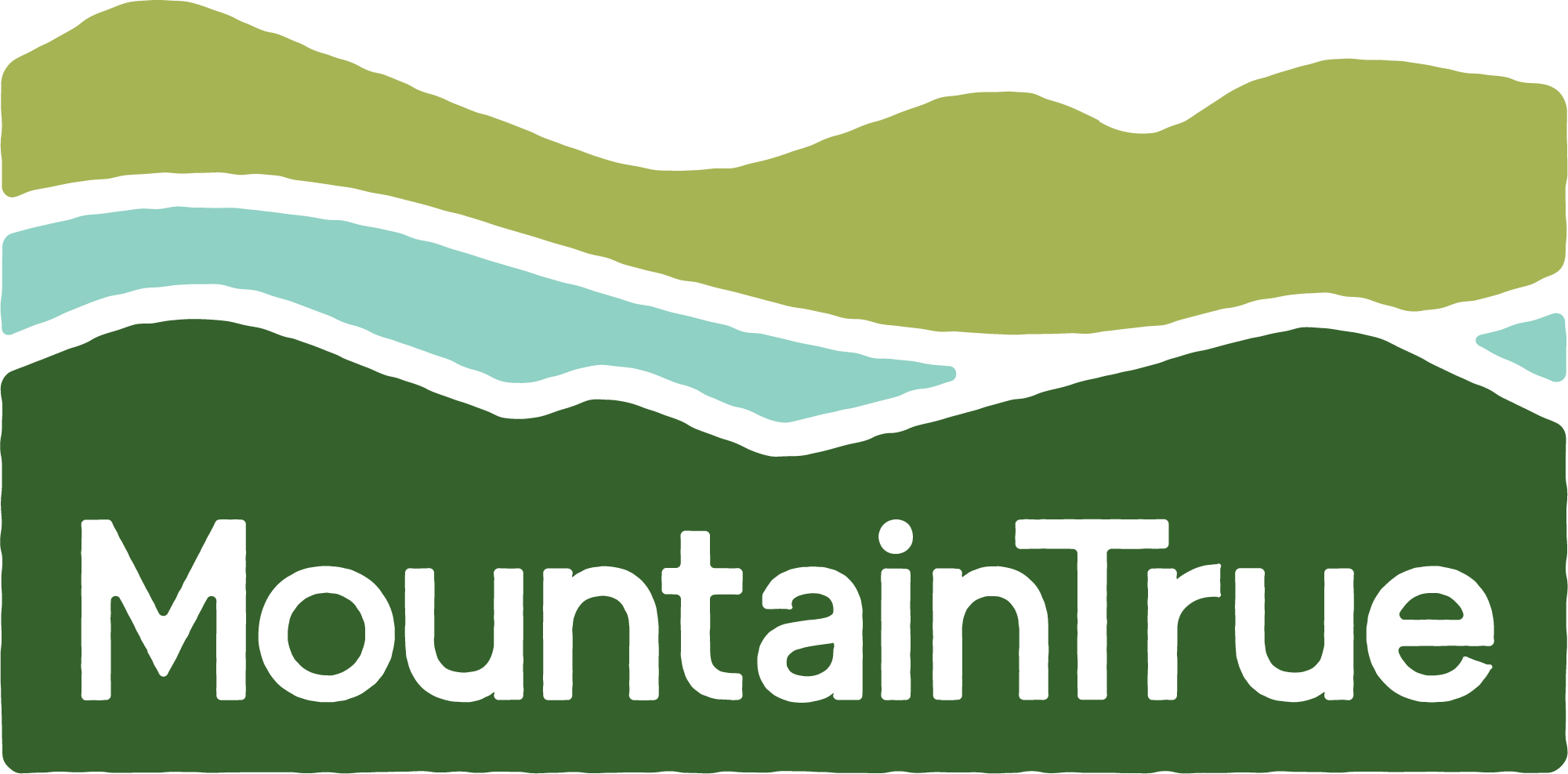 Western North Carolina Alliance recently partnered with the Waterkeeper Swim Guide to help answer a fundamentally important question about our waterways: “Are they safe to swim?”
Western North Carolina Alliance recently partnered with the Waterkeeper Swim Guide to help answer a fundamentally important question about our waterways: “Are they safe to swim?”
“Waterkeeper Swim Guide” is a website and free app that displays water quality data in simple terms so people can determine the safety of using a specific swimming hole based on the assessment of E. coli levels and whether those levels are safe, as determined by the Environmental Protection Agency.
EPA and the state have a lot of water quality data, but it’s often outdated and buried in complicated reports, said Hartwell Carson, French Broad Riverkeeper with WNCA.
“The existing water quality data is interesting, but it wasn’t very helpful to tubers, boaters, and people who love to take a swim in many of our beautiful streams and rivers,” Carson said. “What the public really needs is a tool that would tell you where the closest swimming areas are located and which ones are safe for swimming.”
Carson and many volunteers began testing the French Broad River and several streams and tributaries in 2010.
This work has grown recently with the help of partners such as Headwaters Outfitters and Asheville Outdoor Center, which has allowed the Riverkeeper to gather data from a broader area of the watershed.
The sampling process currently includes 10 frequently used areas of the river, from the headwaters in Rosman to popular tubing sections of the river through Asheville.
The latest results from the Swim Guide indicate that cooling off with a tube down the river is usually a great idea—but after moderate to heavy rain, E. coli levels can spike, posing a health risk for those getting in the water. Sources of pollution after a rain may include runoff from animal operations, sewage overflows, and even legacy bacteria being stirred up from river sediment.
But the Waterkeeper Swim Guide will help you find your closest swimming holes and determine whether they are safe for swimming.
The guide’s information will grow as we add more volunteer partners.
Visit https://www.theswimguide.org/ to check it out, or download the app from your Apple or Android store.
